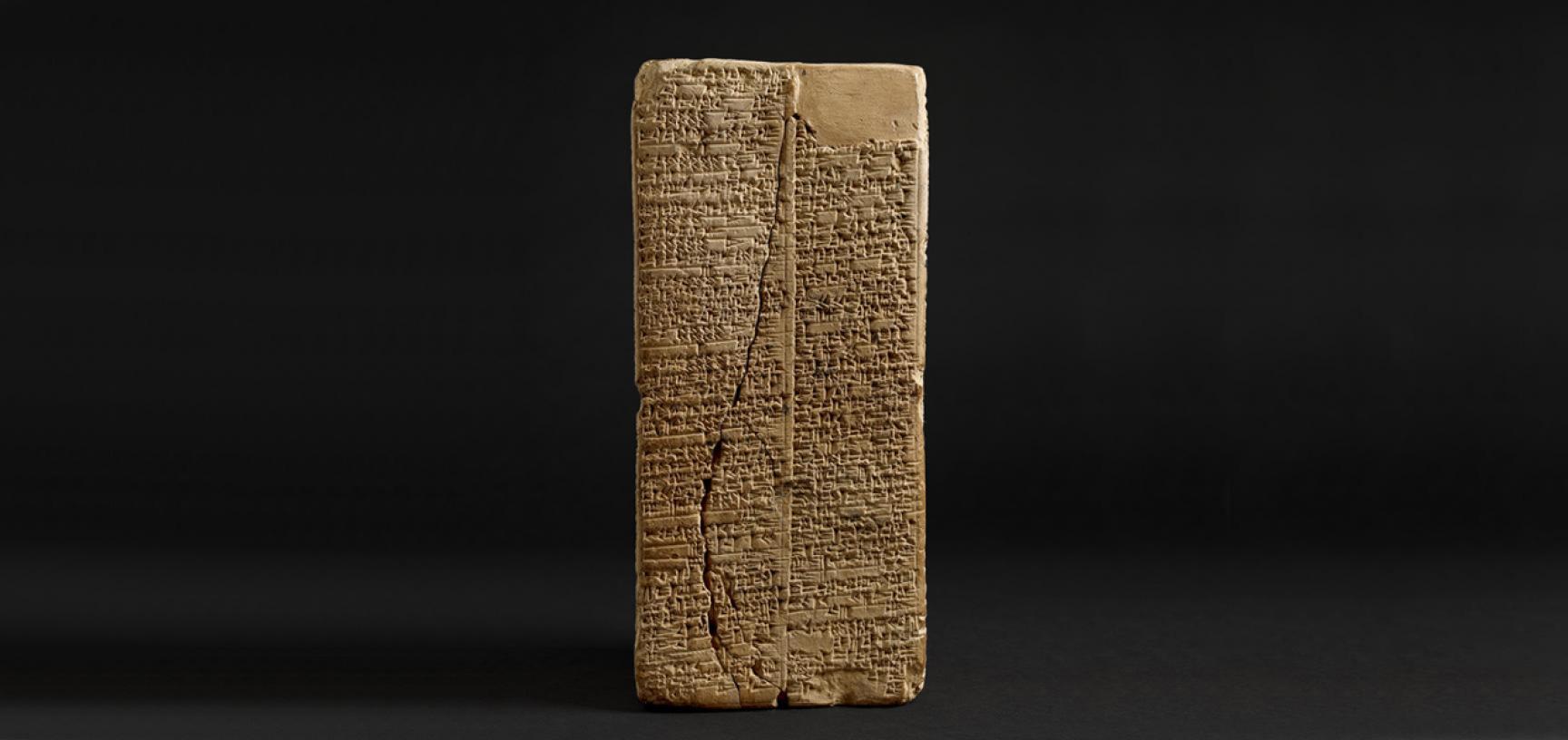
The Sumerian King List is a fascinating ancient manuscript that chronicles the reigns of kings from Sumer, one of the earliest civilizations in Mesopotamia. This list is not just a historical record but a blend of myth and reality, offering a glimpse into how the Sumerians viewed their rulers and their gods. Why is the Sumerian King List important? It provides valuable insights into the political and social structure of early Mesopotamian society. The list includes both historical figures and legendary rulers, some of whom are said to have reigned for thousands of years. This mix of fact and fiction makes the Sumerian King List a unique and intriguing document for historians and enthusiasts alike.
Key Takeaways:
- The Sumerian King List is an ancient document that mixes real and mythical kings, giving us a peek into the early history of Mesopotamia and the importance of divine authority in Sumerian society.
- This ancient list influenced later cultures and historical records, shaping the concept of divine kingship and serving as a model for later historical records.
The Sumerian King List: An Ancient Chronicle
The Sumerian King List is a fascinating document from ancient Mesopotamia. It records the reigns of kings from Sumer, a region in southern Mesopotamia, and provides a glimpse into the early history of human civilization.
Origins and Discovery
The origins and discovery of the Sumerian King List are as intriguing as the document itself.
- The Sumerian King List was discovered in the early 20th century by archaeologists excavating in Iraq.
- It was found in several different locations, including the ancient cities of Nippur, Larsa, and Ur.
- The list is inscribed on clay tablets and stone prisms, written in the Sumerian language.
- The oldest known copy dates back to the early second millennium BCE.
- The list was likely compiled from earlier records and oral traditions.
Structure and Content
The structure and content of the Sumerian King List reveal much about the political and cultural landscape of ancient Sumer.
- The list begins with the phrase, "When kingship was lowered from heaven," indicating a divine origin for kingship.
- It includes both historical and mythical kings, blending fact and legend.
- The reigns of the kings are often given in fantastically long periods, especially for the earliest rulers.
- Some kings are said to have ruled for tens of thousands of years.
- The list is divided into dynasties, with each dynasty ruling from a different city.
Historical Significance
The historical significance of the Sumerian King List lies in its insights into early Mesopotamian civilization.
- It provides a chronological framework for the history of Sumer.
- The list helps historians understand the succession of power among Sumerian city-states.
- It reflects the importance of kingship and divine authority in Sumerian society.
- The list includes the names of some of the earliest known rulers in human history.
- It shows the transition from mythical to historical kings, marking the beginning of recorded history.
Mythical Elements
The mythical elements of the Sumerian King List add a layer of intrigue and mystery.
- The earliest kings on the list are often considered mythical figures, such as Alulim and Alalngar.
- These mythical kings are said to have ruled before a great flood, similar to the biblical story of Noah.
- The list includes legendary figures like Gilgamesh, who is also the hero of the Epic of Gilgamesh.
- The fantastically long reigns of the early kings suggest a time when humans were believed to be closer to the gods.
- The blending of myth and history in the list reflects the Sumerians' view of their past.
Influence on Later Cultures
The influence of the Sumerian King List extended beyond Sumer, impacting later cultures and historical records.
- The concept of a king list was adopted by later Mesopotamian civilizations, such as the Akkadians and Babylonians.
- The idea of divine kingship influenced the political and religious systems of these cultures.
- The list's format and structure were used as a model for later historical records.
- The blending of myth and history in the list can be seen in other ancient texts, such as the Egyptian king lists.
- The Sumerian King List remains a valuable resource for understanding the early development of human civilization.
The Enduring Mystery of the Sumerian King List
The Sumerian King List remains a fascinating puzzle. It offers a glimpse into ancient Mesopotamian history, blending myth and reality. This artifact lists rulers with reigns spanning thousands of years, raising questions about its accuracy and purpose. Some scholars believe it was a tool for political legitimacy, while others see it as a mix of historical record and mythological narrative.
Despite its mysteries, the King List provides valuable insights into early civilization. It highlights the importance of kingship and the belief in divine right to rule. The list also underscores the Sumerians' advanced record-keeping and storytelling abilities.
As we continue to study this ancient text, we uncover more about the Sumerians and their world. The King List remains a testament to human curiosity and the quest to understand our past.
Frequently Asked Questions
Was this page helpful?
Our commitment to delivering trustworthy and engaging content is at the heart of what we do. Each fact on our site is contributed by real users like you, bringing a wealth of diverse insights and information. To ensure the highest standards of accuracy and reliability, our dedicated editors meticulously review each submission. This process guarantees that the facts we share are not only fascinating but also credible. Trust in our commitment to quality and authenticity as you explore and learn with us.
